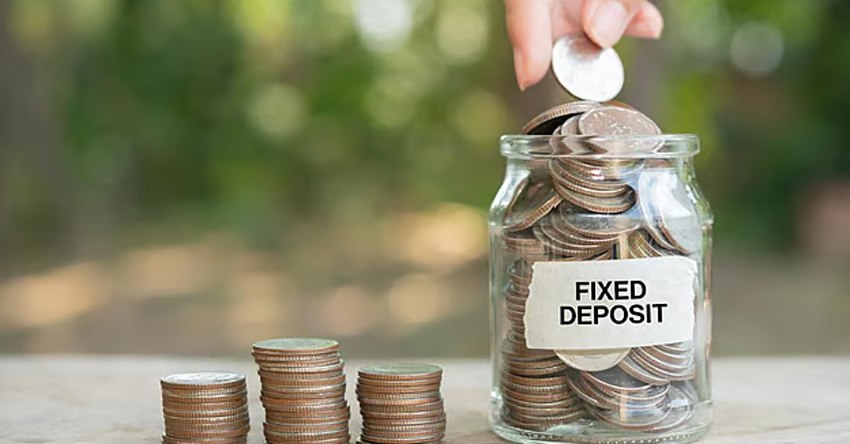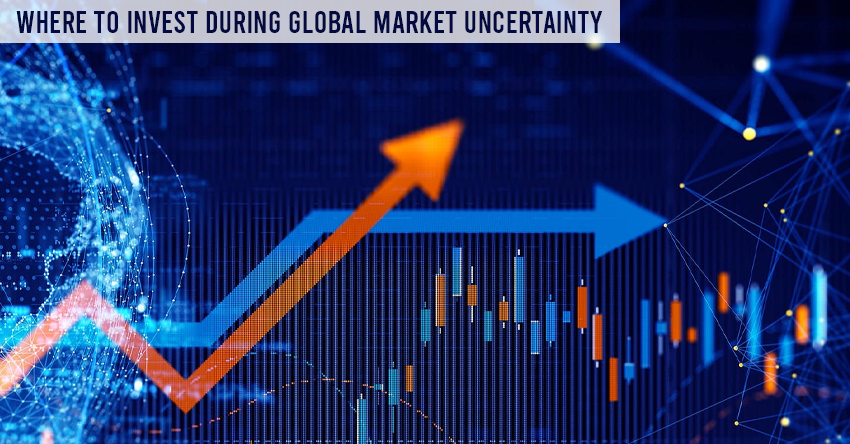In times of global market uncertainty, investors often seek refuge in safe haven assets—investments expected to retain or increase in value during periods of turbulence. These assets provide stability and security when traditional markets experience volatility.
Gold: The Traditional Safe Haven

Gold has long been revered in India, not only for its cultural significance but also as a reliable store of value. During economic downturns and geopolitical tensions, gold prices typically surge as investors flock to its perceived safety. For instance, recent global uncertainties have propelled gold prices to record highs, surpassing $3,000 per ounce. Indian investors can invest in gold through physical purchases (jewelry, coins, bars), Gold Exchange-Traded Funds (ETFs), and Sovereign Gold Bonds (SGBs) issued by the Government of India. SGBs offer the added advantage of interest income along with potential price appreciation.
Government Bonds: Stability and Assured Returns

Indian Government Securities (G-Secs) are considered low-risk investments, backed by the sovereign guarantee of the Government of India. They provide fixed returns and are less volatile compared to equities. During periods of market instability, investors often increase their holdings in G-Secs to safeguard their portfolios. Additionally, bonds such as the Public Provident Fund (PPF) and National Savings Certificates (NSCs) offer tax benefits under Section 80C of the Income Tax Act, making them attractive options for conservative investors seeking safety and tax efficiency.
Fixed Deposits: A Popular Safe Haven

Bank Fixed Deposits (FDs) remain a favored choice among Indian investors for capital preservation. They offer assured returns over a fixed tenure and are relatively insulated from market fluctuations. The Deposit Insurance and Credit Guarantee Corporation (DICGC) insures bank deposits up to ₹5 lakh per depositor per bank, adding a layer of security. Despite offering lower returns compared to market-linked instruments, FDs provide the safety and liquidity that risk-averse investors prioritize during uncertain times.
Diversification: A Strategic Approach

Beyond individual assets, diversification across uncorrelated investments is a prudent strategy during uncertain times. By spreading investments across various asset classes—such as equities, bonds, gold, and real estate—investors can mitigate risk and reduce the impact of volatility in any single market. This approach enhances portfolio resilience and can lead to more stable returns over the long term.
Understanding global market uncertainty requires a thoughtful approach to asset allocation. Incorporating safe haven assets like gold, government bonds, and fixed deposits can provide stability, while a diversified portfolio tailored to individual risk tolerance and financial goals enhances resilience. Consulting with financial advisors can further assist in developing a strategy that balances risk and reward in uncertain times.
At KSL, we are committed to guiding our clients through market complexities, ensuring informed and strategic investment decisions.
